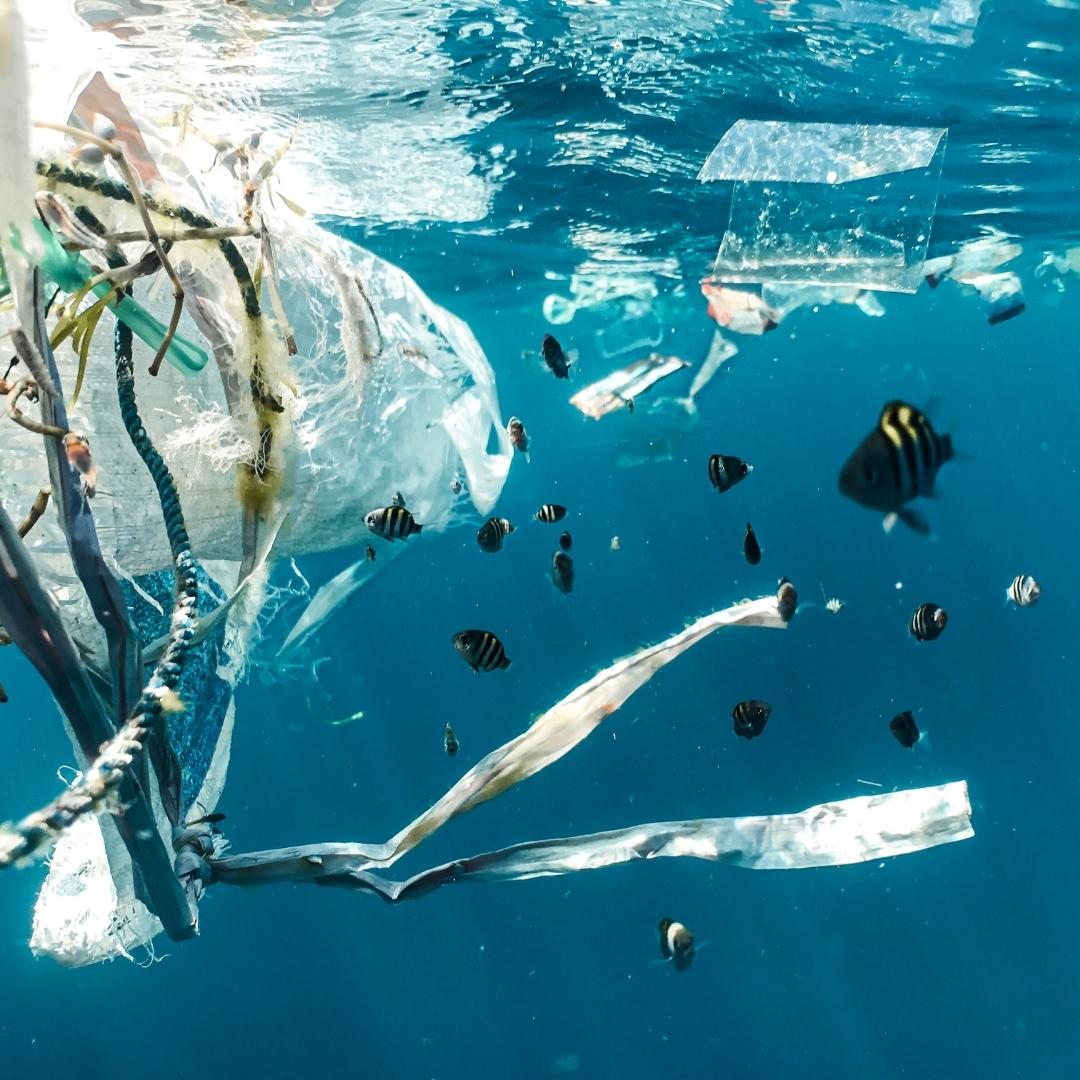Plastic has quickly become part of our daily lives, and is therefore a major part of our waste. It finds its way into our ecosystems, especially lakes, streams, rivers, and oceans. A project set up by LIVES: Litter Free Rivers and Streams, is now taking action on this problem!


Image: Unsplash
Who Is LIVES & What Are They Doing?
The increase in plastic pollution in our ecosystems is a social problem. All countries deal with more or less the same issue. It doesn’t stop at the border, especially not in the case of rivers and streams. To work towards solutions, this requires cross-border collaboration.
For the Meuse basin the Netherlands, Belgium, and Germany have joined forces in the LIVES project. LIVES (Rivers and streams without waste) aims to reduce plastic waste by 50% in the Meuse and the streams that flow into it! The project is co-financed by Interreg Meuse-Rhine and is taking place over a period of three years. Since 2018 they have collected a startling sum of 260,000 kilograms of waste — wow!


Image: Unsplash
The Top 10 Plastic Items In Europe's Rivers & Streams
Did you know that roughly 80% of the plastic waste found in our oceans is brought out by rivers and streams? Over two-thirds of this waste come from products we use in daily life. The main ten plastic items polluting Europe's rivers and streams include; 14% plastic bottles, 12% food wrappers, 9% cigarette butts, 6% takeaway containers, 5% plastic cotton bud sticks, 4% cups, 3% sanitary items, 2% smoking-related packaging, 1% plastic straws, stirrers and cutlery, and 1% plastic bags.
The great news is that for these single-use plastic items, there are a plethora of friendly, plastic-free alternatives made from sustainable materials that won’t damage ecosystems or add to the plastic crisis!


Image: Unsplash
Combing Rivers To Clean Up & Log Plastic Items
A group of volunteers from LIVES visits the banks of the river Meuse in Borgharen in the Netherlands every week. The river basin looks beautiful and peaceful from a distance, but it is quite polluted beneath the surface. Their main goal is to stop the waste that amasses on the banks of this waterway.
Mapping the areas with the most waste is one of the prime focuses of the LIVES project. To achieve this they’ve created a method — twice a year, a section of the shoreline is combed and every item found is identified, most are plastic, or plastic related, and then all findings are recorded. This data is shared with Euroregion countries and with project partners.
What do you think about the LIVES project? We love that they’ve joined forces with the Netherlands, Belgium, and Germany to collaborate on taking action and working together — teamwork makes the dream work!
We love hearing about projects and innovations that clean up plastic! If you do too, check out our Eco News category and take a look at the blogs below.
Scientists Develop A Bionic Robo-Fish That Removes Microplastics From Oceans!
Coles Supermarket Will Trial Banning Plastic Produce Bags Across Stores In ACT
New River Cleaning Device Stops 85% Of Plastic Waste From Reaching The Ocean!

